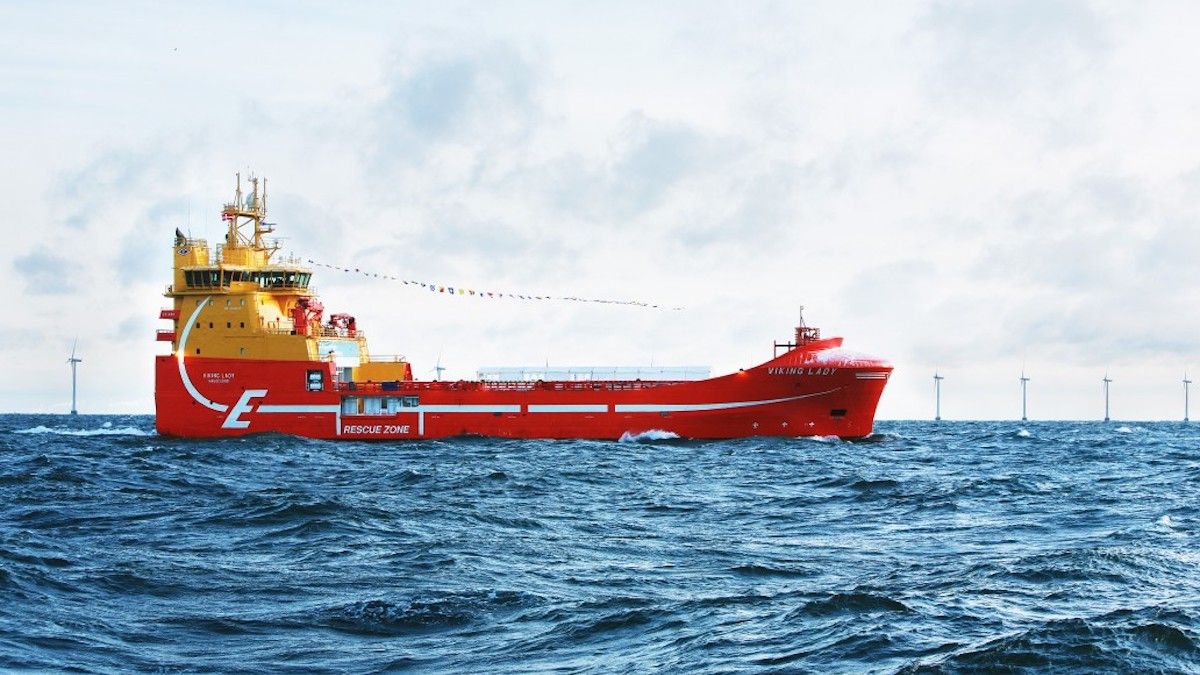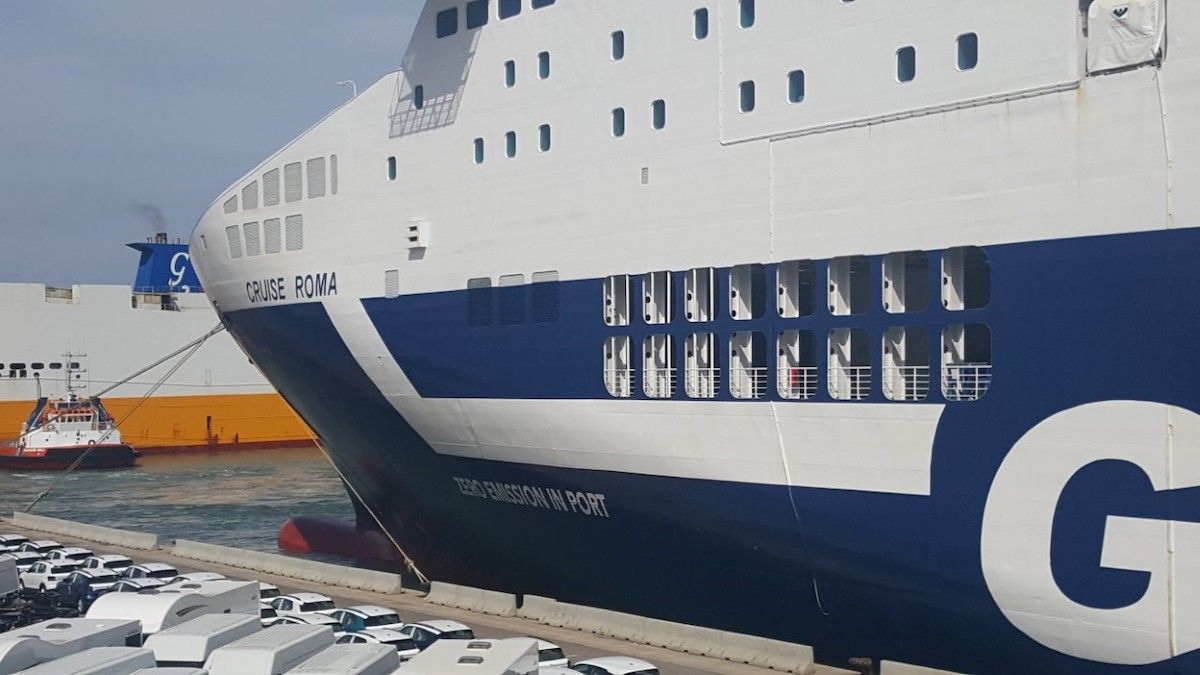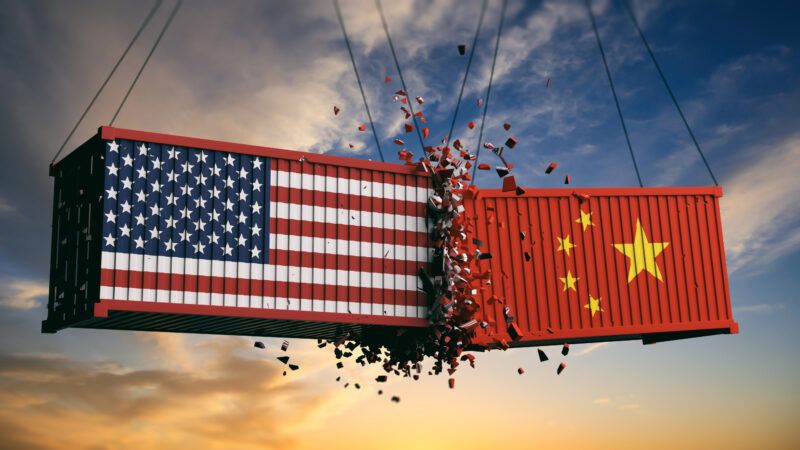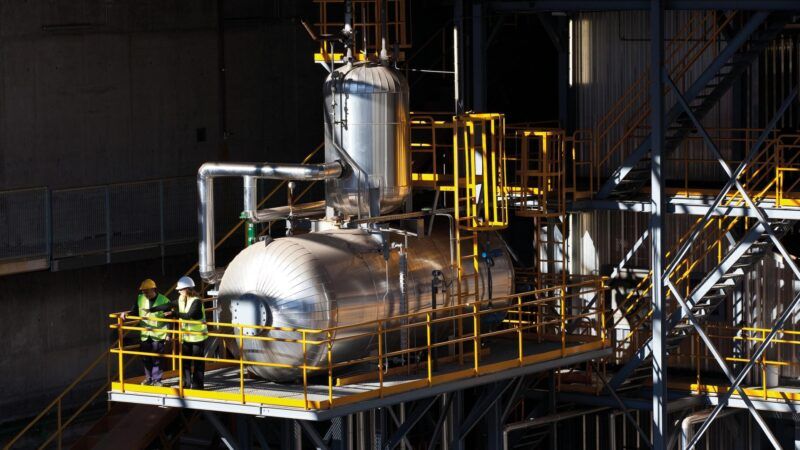 Liquified Natural Gas (LNG) bridges the gap between fossil fuels and sustainable fuels. (Gettyimages)
Liquified Natural Gas (LNG) bridges the gap between fossil fuels and sustainable fuels. (Gettyimages)
Ushering a new era: fostering new fuels in the shipping industry
Knowing of the inevitable advance of the energy transition towards less polluting and neutral sources of CO2 emissions, the maritime industry should not be lacking behind in the search for technological improvements to supply itself with energy. Despite the fact that economies of scales have been achieved by using fossil fuel, this long-established energy source will no longer be sustainable nor economically viable for the near future.
 Liquified Natural Gas (LNG) bridges the gap between fossil fuels and sustainable fuels. (Gettyimages)
Liquified Natural Gas (LNG) bridges the gap between fossil fuels and sustainable fuels. (Gettyimages)
[Check the graph here]
Over the past few years, the word sustainability has dominated the drawing boards of most industries, becoming the focal point for new strategies, best practices and innovation. For the shipping industry, this means a demand for technology that will help vessels continue to deliver goods -but at a lower environmental cost.
With the world’s eyes on its shoulders, the industry has developed new fuels and power sources that help maintain the growing need for shipping while accounting for a decrease in emissions. New technology like zero emission ships will need to enter the world’s fleet by 2030, and it’s anticipated that fossil based marine fuels will be phased out to retain these resources.
But this can’t happen all at once. With the goal of providing an ideal service globally while improving sustainability, the industry is exploring methods that will bridge generations of fuels together. The fuels which will be discussed in this article can be classified in five main groups:
- Carbon fuels where energy is derived from hydrocarbons (principally from the oxidation or burning of carbon) enabling less pollution despite the fact that CO2 continues to be emitted.
- Carbon neutral fuels, which is a variant of carbon-based fuel like biofuels. Biofuel based energy is derived from recent-grown organic matter resulting in neutral CO2 emissions.
- Zero carbon, consisting in synthesized fuel derived from other energy sources allowing to produce zero emissions if this energy has been generated with renewable sources.
- Chemical alternatives where energy is obtained by chemical reactions.
- Batteries or energy storage systems.
LNG: Bridging the gap between fossil fuels and sustainable fuels
Nowadays, Liquified Natural Gas (LNG) is under the spotlight. Although it is a fossil fuel, it’s viewed as a cleaner version that is helping the shipping industry make moves towards a more sustainable planet.
Releasing significantly less emissions from the combustion cycle as compared to oil fuels, LNG is what many consider a “bridge fuel.” Meaning, it’s expected to help diminish the cycle of using fossil fuels for shipping vessels and, instead, usher in a new age of alternative, zero emission fuels that are currently on the roadmap.
With its reduction of carbon emissions at around 20-30% compared to that of bunker fuels, LNG has been used for more than 50 years and is now seen as the best current answer to combating vessel emissions. While there are a few logistical issues that account for its delay in spearheading the fuel sector, the environmental benefits for using this method of fueling are notable.
LNG with the additional us of NOx traps can downsize nitrogen oxide emissions by 90% compared to Heavy Fuel Oil, and sulfur dioxide and particulate matter emissions are virtually eliminated.
However, this numbers can be worsened if considering boil-off effects and incomplete combustion. Not to mention that the LNG bunkering is currently limited in its geographical spread and will need to expand globally in order to overcome the use of fossil fuels.
LNG has been used for more than 50 years and reduces carbon dioxide emissions by 20-30%
Methane & methanol: Repurposing LNG fuel infrastructure
Compatible with current LNG propulsion technologies, synthetic methane, biomethane, and methanol can be carbon-neutral alternatives when used in tandem with carbon capture and fuel cell technology. This is what makes them attractive solutions, along with the fact that existing LNG fuel infrastructure can be repurposed quite easily to source methane-based sources.
The downside is the availability of the renewable energy on which these solutions rely. This hikes production costs up in the short term, making this solution less feasible for the shipping industry as a whole.
One example of its success as a fuel is the Stena Germanica. This vessel was converted to run on methanol in 2015, a change that allowed it to use methanol as the primary fuel with marine gas fuel as the back-up. The project allowed the Stena Germanica to lower sulphur oxide emissions by 99%, nitrogen oxide emissions by 60%, particulates by 95% and carbon dioxide emissions by 25% and included the design of a methanol distribution system.
But this graceful transition away from fossil fuels won’t happen with just LNG. Instead, this fuel is making way for new resources that are helping the shipping industry lower emissions and other risks to the environment.
Biofuels: Advancing towards carbon neutrality
In an effort to move towards carbon neutrality, biofuels are gaining popularity as a carbon-neutral solution. Biofuels compete well in the game of lowering carbon emissions and have many in the shipping industry pushing to test them.
Following successful trials with biofuel blends, the Mediterranean Shipping Company is planning to use the fuel in all vessels going through Rotterdam. The use of these biofuels, which contain a 30% blend, will provide a 15-20% reduction in carbon dioxide emissions.
While this is competitive with current emissions, it still begs the question of lowering this number even further. Additionally, biofuels have the drawback of being mass-produced, a practice that counteracts their sustainability, to be used within many other industries.
Additionally, many biofuels will be able to use the LNG infrastructure for fueling ships. Meaning, the shipping industry has even more reason to invest in LNG into the 2020s, while transitioning to other sources such as bio-LNG, e-methane, and hydrogen-methane blends.
Much like LNG, they are a good solution - for now. But the industry must look towards innovation in fuel to guarantee a sustainable industry.
Hydrogen & Ammonia: Pushing carbon emissions to zero
If a zero-carbon emission solution is the goal, hydrogen and ammonia are at the top of the list of clean fuels. These fuels hit the magic number of zero carbon emissions when sourced renewably and can be used for internal combustion engines and fuel cells, making them attractive solutions for shipping.

Hydrogen has a high energy content by weight, but not by mass, which is a particular challenge for storage. It has a lower volumetric energy density than traditional oil fuel, about 4-8 times lower, but its specific energy is 3x higher than that of oil fuel in terms of gravimetric energy density, contributing to its value as it is lighter than traditional fuel but it does require more storage space. Ship design and cost impact will need to be taken into consideration with this zero-carbon solution.
A typical application of hydrogen is a liquid fuel, like with the Hydroville crew boat operated in Antwerp. It’s the only vessel that is currently powered solely by hydrogen, meaning it does not emit carbon, SOC (Soil organic carbon), or particulate matter. And it’s known for being the first LR-classed vessel to use hydrogen to power a diesel engine.
While the possibility of pressurized or liquid hydrogen for transport are in the works, ammonia currently shows a greater promise as a zero-carbon fuel for shipping.
As one of the most widely used chemicals in the world, the process of storage and transport of ammonia is already well-established. This has helped push its global production to close to 190 million tons per year.
Although availability isn’t an issue, marine infrastructure development does crop up as a potential challenge. For this, it’s important to keep in mind that ammonia weighs twice as much as oil fuel - though only requires three times the space to retain the same amount of energy.
It also has a notably high toxicity and caustic properties, demanding careful regulation of storage and handling.
The European Union is currently funding an ammonia research project, NOK 230 million, in which Equinor and Eidesvik Offshore have agreed to modify the Viking Energy PSV to make it capable of operating on carbon-free ammonia. The project plans to meet 60-70% of the power required during the course of a year and the rest will be provided by battery.
Chemical reactions to convert fuel into electricity
Fuel cells are an exhilarating way to produce energy for shipping, as it relies on a chemical reaction that ultimately fuels vessels. This reaction is induced by hydrogen, ammonia, or methane, making these fuels even more sought-after as partners within a sustainable power solution.
However, fuel cells need to be scaled up considerably in order to fully propel vessels, which makes them a better solution to be used in tandem with a hybrid system.
Findings from the Viking Lady PSV project, which made use of a hydrogen gas fuel cell, highlighted that the addition can significantly reduce emissions from a ship. However, this particular supply has since been removed.
Alternatively, the Viking Line Ferry, Mariella, had a fuel cell installed in 2017 and continues to run with it. This project, funded by the German government, set out to prove their viability and safety in marine operation.
All of these solutions demonstrate the industry’s determination to create safe solutions for future generations to improve the sustainability of shipping.
Batteries
They have for a long time been used as a power solution in conjunction with alternative fuels. However, they’re still in early stages for large-scale shipping integration.
Color Hybrid is the largest plug-in hybrid ferry that is built to run solely on battery power. It can be repowered by either power cables onshore or by the vessel’s onboard generators and operates up to 60 minutes while moving between Sandefjord, Norway and Stromstad, Sweden.
Grimaldi is now using Li-Ion batteries to convert some of their vessels in zero-emission in port. Batteries are charged during sailing and supply power during port calls.

Within the development of batteries for shipping, there is a lot of variation in terms of design and construction, meaning batteries still lack the regulation that would make them a widely used solution.
Plus, longevity and performance of batteries as a power solution still require major development as with batteries is that with the existing technology they can only be used in small vessels and short-range trips or, as in case of Grimaldi, as an auxiliary power supply.
A global transition to sustainable fuels
As the shipping sector progresses the enhancement of current designs and development of new solutions, vessels will follow with lower emissions and more efficient movement across the globe.
But this change will take time, as ports work to build the infrastructure to support these fueling solutions and find ways to keep those infrastructures relevant for future ones. As zero-carbon fuels have a lower density than fossil-based fuels, this requires adaptation within potential re-designs onboard.
However, there’s no doubt that finding the most capable, economical, and environment friendly solutions is at the top of mind for the shipping industry, as all parties make moves towards making shipping sustainable. Therefore, a new sustainable and viable energy source might start a new industrial revolution, where the entire maritime industry might need to adapt existing infrastructures to power their vessels once again.







